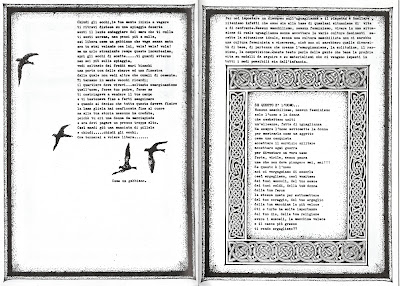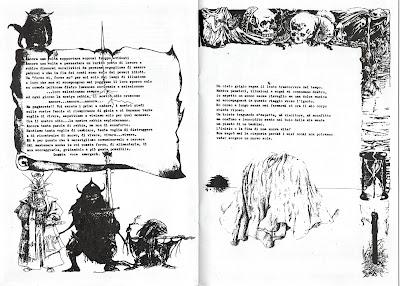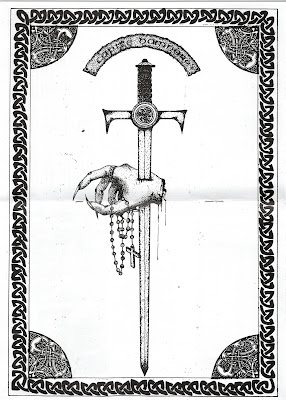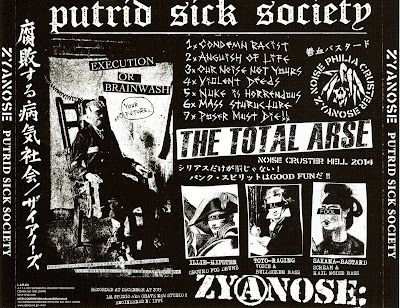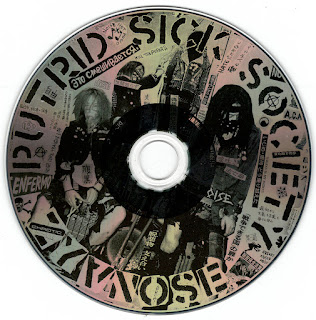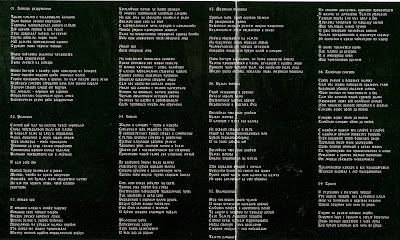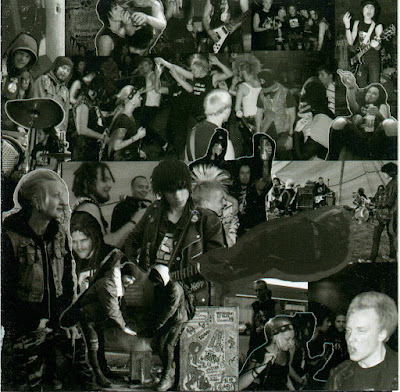I was a big Jurassic Park fan as a kid. Like most children, I was really into dinosaurs although I would be struggling to give an actual reason for that passion. Maybe the idea that giant extraordinary lizards once roamed the Earth sounded much more exciting than doing math homeworks I was predisposed to fail miserably or listening to my dad whining about his nemesis, Helen from accounts, being obnoxiously mean to everyone at work. What a life. So when Jurassic Park came out in 1993, it was a genuine revelation, not just because it taught me that one should bring an extra pair of underwear when watching some movies (i.e the raptor scene), but because, beside the whole dinosaur thing, it displayed the absolute wonder, the pristine awe, the purest amazement at discovering, unearthing old bones hidden in the arse end of nowhere. The archaeologists don't give damn if a little bastard tried to be funny by comparing dinos with chickens (odd that he did not end up being fed to the T-Rex), and whether the discovery is ground-breaking or banal, the excitement remains: something that makes the heart beat has been found.
The concept of such an innocent joy was one of the most potent motivations when I decided to create Terminal Sound Nuisance 11 years ago. That and the drive to become a crust influencer on Insta but, tragically, I could never get the hang of it and the few attempts at taking selfies were, to say the least, very inconclusive as my nose always looked too big and I did not want people born after 9/11 to scoff at me. That people are totally unbothered to not resemble their profile picture is a worrying sign. After all these years, I still strive to convey that sense of excitement over the punk bands that I love and to show that, whether they are consensually accepted as canonical works or just random obscure local acts, they deserve to be loved and talked about critically (isn't acriticality the major threat to culture?). The noble mission I have assigned myself today, an introduction to Capite Damnare (which translates as "condemned to death"), is arduous indeed as it proves difficult to describe objectively the overwhelming sense of marvel that I felt when I bumped into their self-titled demo in 2014 (I checked the dates).
The first time I listened to CD, I immediately knew that I would be writing about them at some point on a special occasion. But since everyday is a good day as the poster in my mum's toilets proudly claims, why not get to it in Still Believing in ANOK? Like Enola Gay (the first band tackled in the series), including CD here is an editorial choice (significantly facilitated by the fact that I am alone at the helm and therefore fundamentally uncontradicted), as CD like the Germans were active in the late 80's at a time when the original UK anarchopunk wave was still on its last legs and crust and hardcore would soon rise in force. This said, it is difficult to gauge the influence anarchopunk had on foreign scenes and how fast it spread. The Italian punk scene in the 80's was absolutely massive and one of the strongest in the world. Traditional anarchopunk did have an influence on bands there, but the politics (the scene was very political indeed) and the aesthetics more than the music really transcribed this influence. Wretched is a case in point as they were visibly inspired by Crass and the anarcho spirit but were musically closer to Disorder and the likes. You could very well argue that a meaningful part of the Italian hardcore scene was influenced by DIY anarchopunk in terms of politics and visuals (anti-war, animal liberation, pacifism, squatting, the banners, the black clothes and so on) but that American hardcore, discharg-y bands and Bristol noise mongers far prevailed as far as music was concerned.
As usual, there were exceptions, Bed Boys from Torino were one of the most remarkable non-British old-school anarchopunk bands of their time and the magnificent Contrazione (which we will discuss) were not far off the mark either (you could throw Rivolta Dell'Odio for the artier, goth side of the anarcho spectrum). But still, not exactly a legion of Flux fanatics. With this context in mind, CD's 1988 demo was nothing short of a miracle. Coming from Milano and Verona, information about the band itself is scarce, but judging from their thank list (I miss the ancient wisdom that those conferred and as a teen I would have given everything, including my baby brother, to appear on a cool band's thank list) CD were pretty active and connected to the then dwindling hardcore scene as they mentioned Impact, Disperazione or Infezione. The presence of Contropotere is unsurprising as there were undeniably similarities between both acts. They had a female singer at a time when there were not many girls in punk bands in Italy, they worked on the British post-anarcho sound, they had many eerie melancholy moments and heavily used pagan visuals and atmospheres.
However, while Contropotere can be rightly considered as an early crust band (though they were so difficult to categorize), CD stopped just before the crust turn. In fact, I see them as one of the very best examples of the liminal space between old-school anarchopunk and the rise of crust, between Deviated Instinct's Tip of the Iceberg and Terminal Filth Stenchcore so to speak. They were quite incredible. They had those proto-crust dirty metallic riffs but also straight-up anthemic punk moments as well as melancholy delicate anarcho parts and they managed to blend all these elements seamlessly and with a refreshing spontaneity emphasized by shouted vocals that remained tuneful and on the punky side of the spectrum instead of bearlike growls. '87 Deviated Instinct's riffing can be heard, Civilised Society? could be a good point of comparison too while The Mob and Karma Sutra are clearly invited to the party. In terms of Italian bands, beside Contropotere, Torino's Contrazione, with their inventive moody anarcho-tinged angry punk with dual male and female vocals were very close and it is not irrelevant to see CD as a "Deviated Mob" take on their sound. I cannot overstate how good this band sounds, from the thrashing anarcho anthem "Aspetti la morte" to the soft, dark number "Vivere e' stata la tua colpa" and the eight minute epic "Inseguendo un sogno" and even the dark folk a capella song "They say: it's safe", this demo is a gift from the punk gods.
Visually, CD were also fascinating. The omnipresence of celtic frames and macabre skulls is not unlike Antisect's protocrust era (which makes sense in 1988) and clearly heralds what bands like Oi Polloi or Sedition would soon look like, but you also find a Conflict-style vegetarian/animal liberation essay. This recording should be the object of cultish devotion. I remember stumbling upon it thanks to the Kalashnikov Collective website and my disbelief quickly turned into enthrallment, then enthusiasm and finally a craze for knowledge as I scouted the internet for details. The present version of the demo is a cd reissue from 2008 on two Udine labels, Lazy.punx Autoproduzioni and Fra Il Di E Il Fa AlE Di Mieç Il Mâr Autoproduzioni. The thick booklet that comes with the cd is beautiful and I cannot recommend it enough. I am sure you can still find it for cheap.




